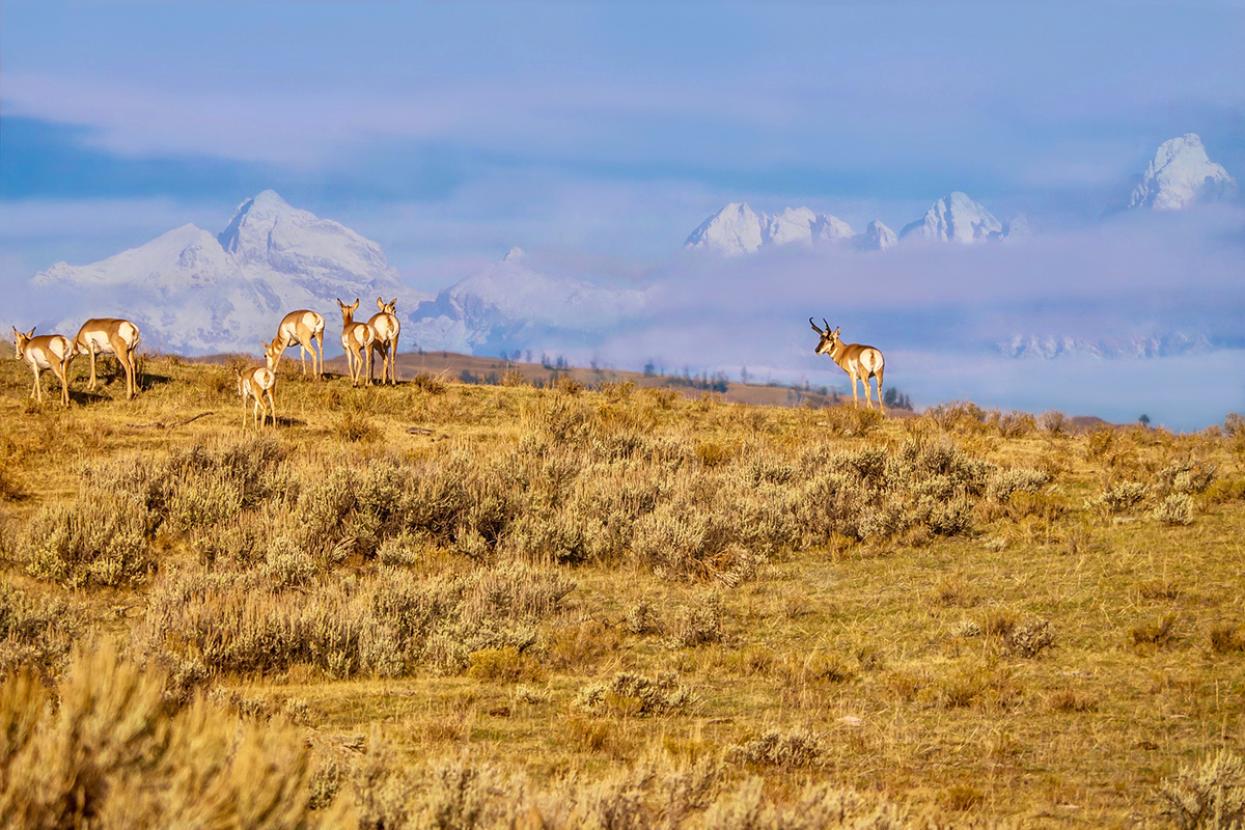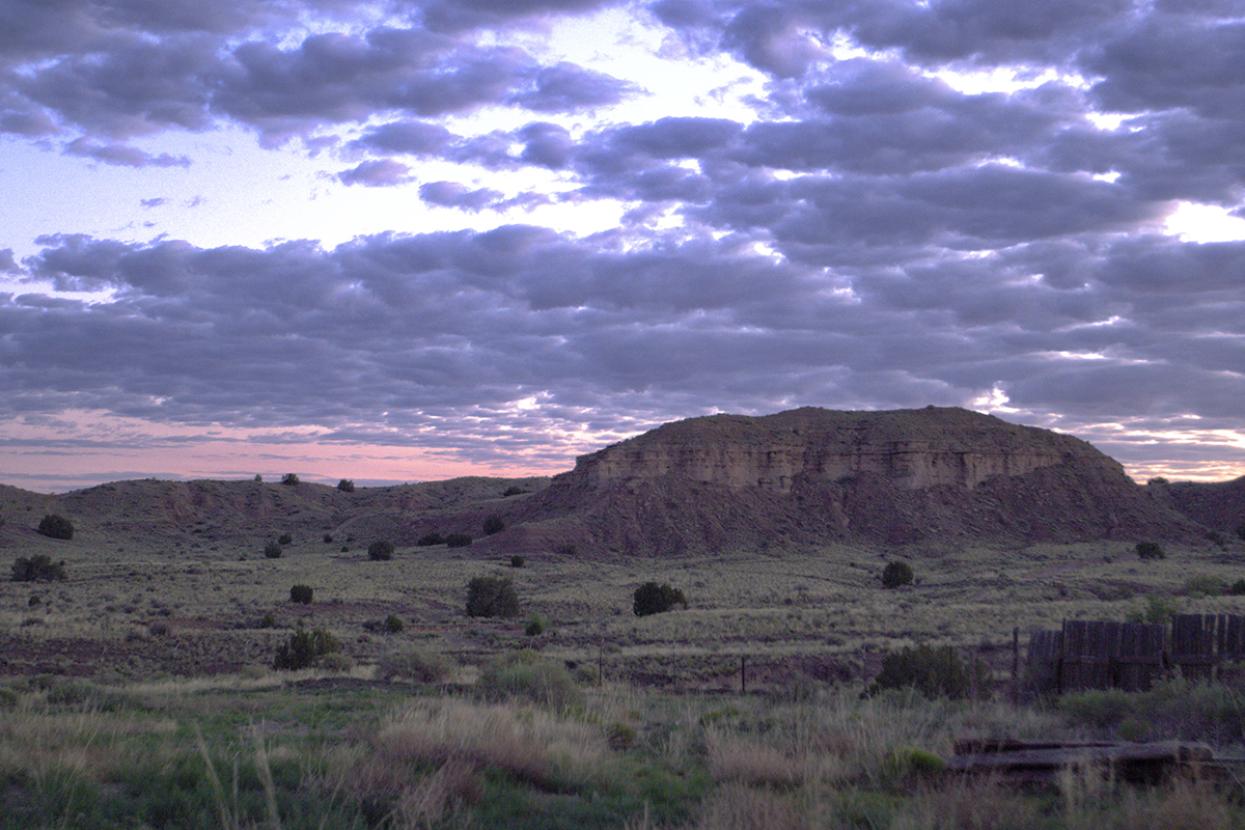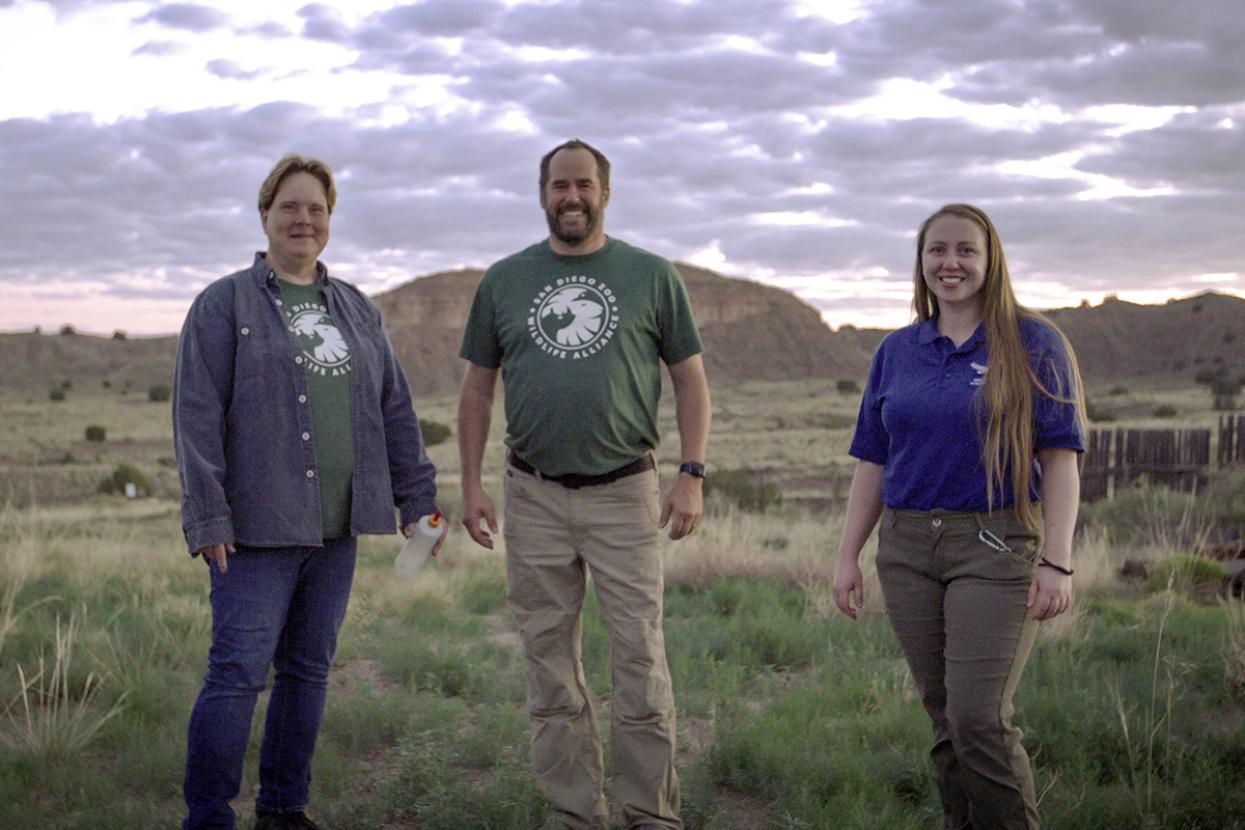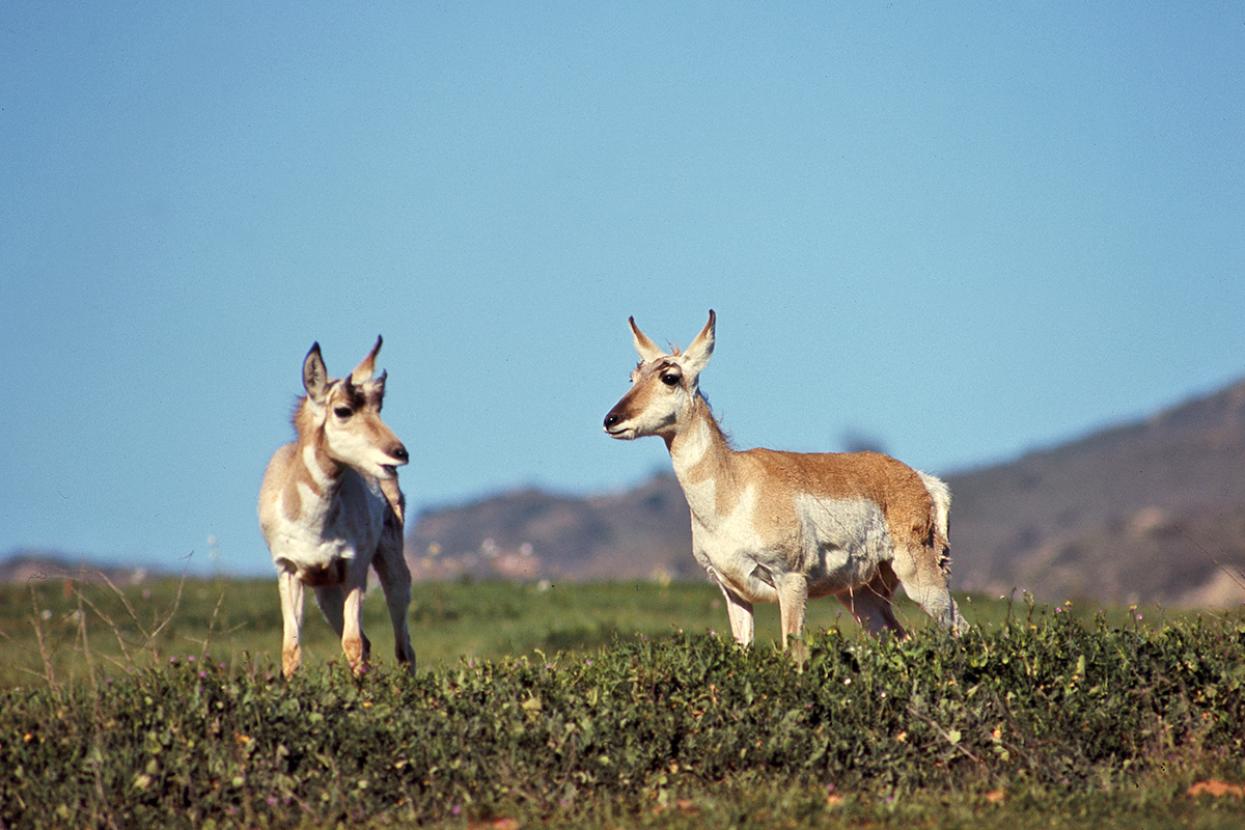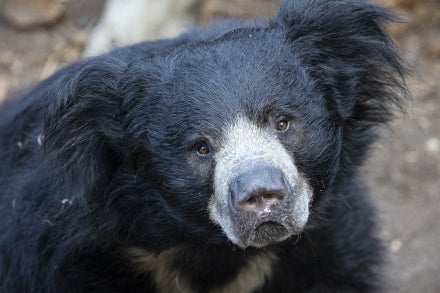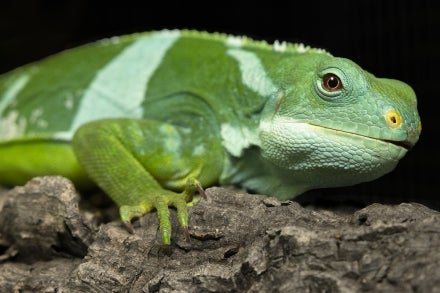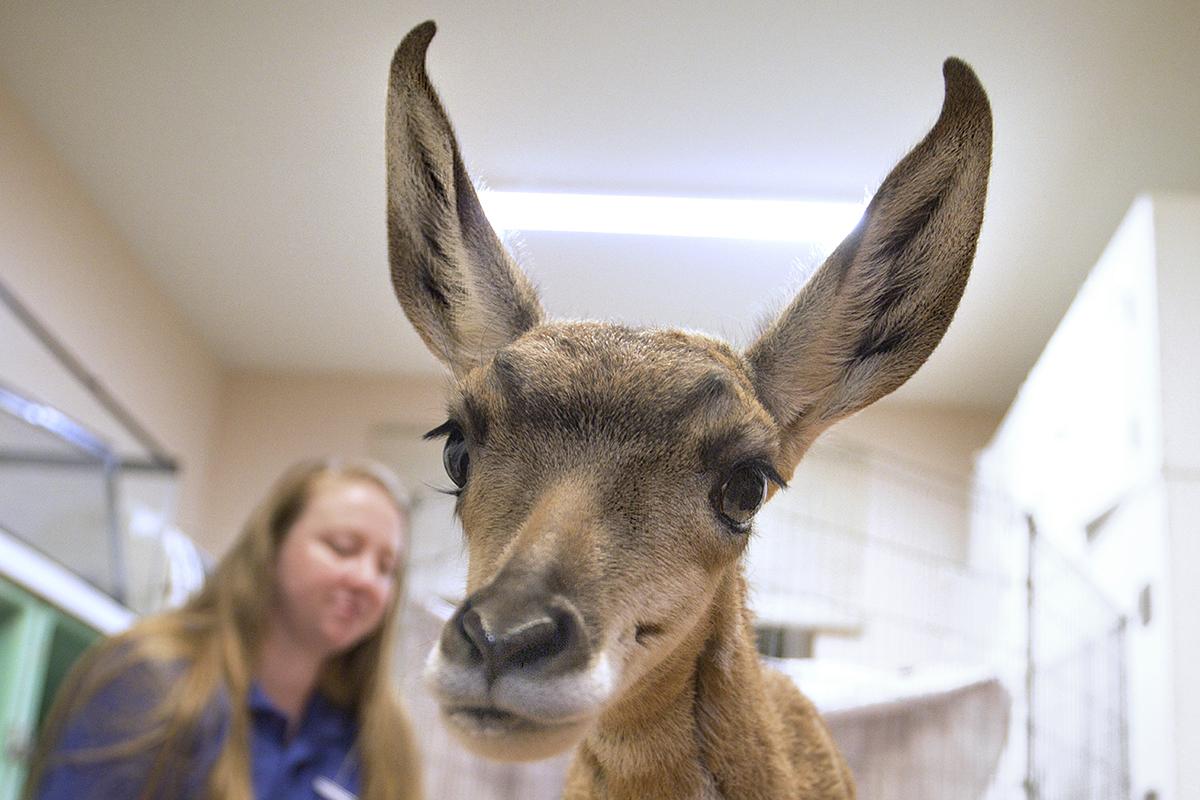
Few animals exude vitality quite like young pronghorn. Fawns are surprisingly quick, their slender, reddish-brown bodies bounding about as they move with their herd. They also engage in good-natured chasing, circling, and mock-fighting with each other as they learn important survival skills. And when they tire from the action, they nestle close to their mothers for nourishment, comfort, and protection.
But sometimes an emergency arises that threatens this spirited existence. This is the situation a young fawn recently found himself in, far from his kind and in urgent need of help. In a rescue operation that spanned the American Southwest, his story is one of resilience, collaboration, and the tremendous ripple effect of wildlife conservation.
Though pronghorn are native to vast American landscapes, threats like roads, fencing, and other urban development have fragmented their habitats.
Grazing the Grasslands
Pronghorn, unique to North America, have historically roamed the open prairies and deserts of the western United States as well as parts of Canada and Mexico. These herbivores, which we work to protect through our Southwest Conservation Hub, maintain the crucial balance of flora in their ecosystems. They’re selective feeders that focus on certain shrubs and forbs, which helps control the growth of some dominant plant species so others can thrive.
Sadly pronghorn populations have decreased dramatically, with some subspecies now classified as endangered. They face threats from human-wildlife coexistence, including urban development and roads that cut through their habitat.
Pronghorn thrive in New Mexico, as do dozens of cactus species, which can cause a prickly predicament if a fawn gets too close.
The Kindness of Strangers
One recent morning, a landowner in central New Mexico came across a distressing scene. A pronghorn fawn, just a few weeks old, was wandering around all alone, his herd long gone and his mother likely lost due to an encounter with a vehicle on a nearby road. The fawn’s frail condition painted a picture of his struggle: he was underweight and dehydrated, with painful cactus spines on his face and legs and injuries to his eyes. He needed help, and fast. Without intervention, his chances of survival were slim.
The landowner sprang into action, gently gathering the fragile fawn and taking him to a local wildlife care center. From there, he was transferred to the New Mexico Wildlife Center outside of Santa Fe. This small act of service from an everyday ally would come to make a huge difference.
Rapid Response
Fate was also on the fawn’s side that day. As the team caring for him contacted various local experts for assistance, none had the specific experience needed to help him. Luckily an employee at the center once worked at the San Diego Zoo Safari Park. They knew our wildlife and conservation teams have extensive expertise in caring for pronghorns, including hand-rearing them when necessary. In fact, one of our wildlife care managers is the Association of Zoos and Aquariums program leader for peninsular pronghorn.
So as soon as we got the call, we were able to provide detailed recommendations and resources. This quick collaboration became a lifeline, jumpstarting the vital process of healing.
Dedication is part of the job, as teams from the San Diego Zoo Safari Park and the New Mexico Wildlife Center dropped everything when wildlife needed their help.
A Long-Term Plan
While this initial care stabilized the fawn, another challenge surfaced. Because he had been orphaned at such a young age, he couldn’t be safely reintroduced into native habitat, and the wildlife center and other nearby facilities couldn’t provide the continued attention he required.
Fortunately our years of expertise and insight equipped us to step up again. Our experts, including wildlife health and care teams, traveled to New Mexico and devised a plan with our colleagues to bring him to the Safari Park and provide him with long-term care. They accounted for every detail: safe transportation, feedings on the road, compliance with interstate regulations, and, ultimately, integration with a new herd. Upon arrival at the Safari Park, wildlife health teams conducted a thorough health exam to determine what additional support the little one needed.
Thanks to the quick thinking and devoted teamwork of wildlife allies across the Southwest, the fawn has made a full and triumphant recovery.
Our experts have a long history of caring for pronghorn like these two, which lived and thrived at the Safari Park in the 1970s.
Alone No Longer
With his injuries healed and his strength restored, the little pronghorn is now primed for his next chapter: getting to know the herd at the Safari Park. And as always, we’ll continue to provide expert care to ensure he thrives each step of the way.
From a frightening moment alone to a new life in the herd, this young pronghorn has regained his vitality at the Safari Park. Thanks to our decades of expertise and collaboration with devoted partners, we’re able to respond during crises like this and help wildlife thrive. And as the fawn grows, so does our knowledge of this remarkable species. The insights gained from this experience will inform our conservation efforts, ensuring pronghorn everywhere have a future as bright as his.
Photo credit: second photo, Cheryl Ramalho/iStock/Getty Images Plus.


